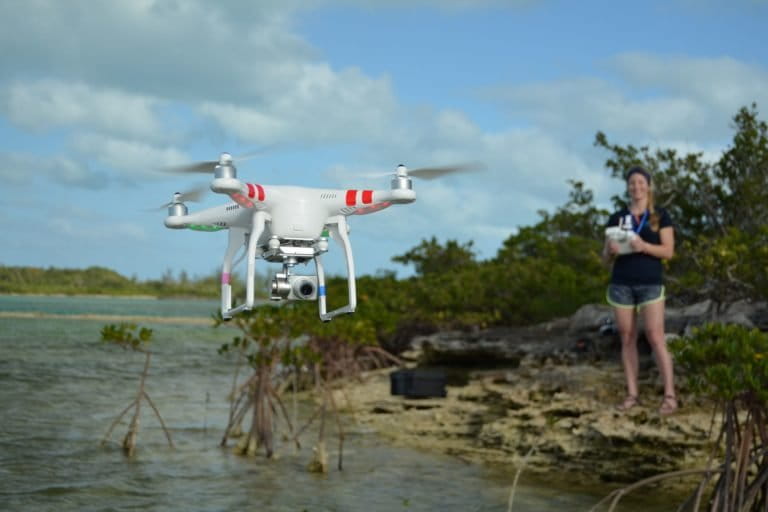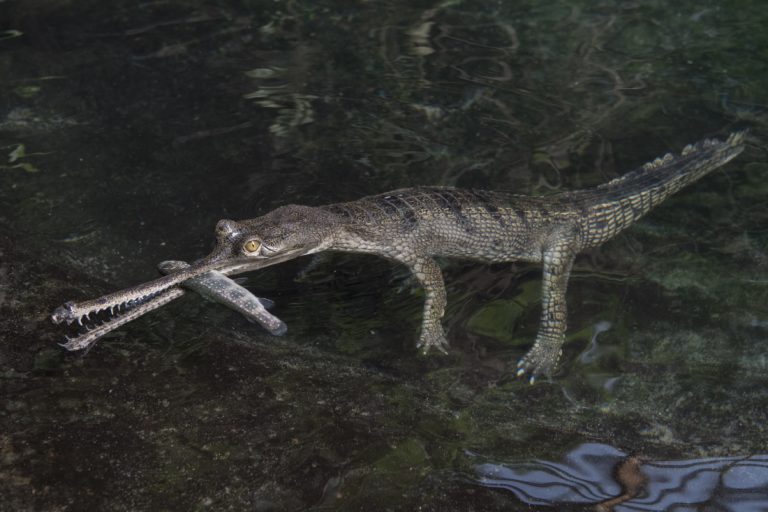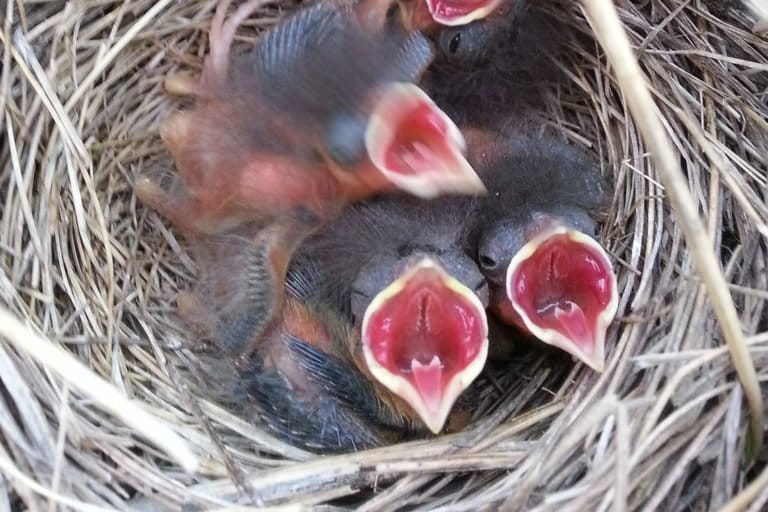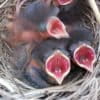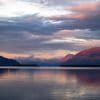In 1998, Douglas Clark witnessed Manitoba’s second recorded grizzly bear (Ursus arctos horribilis) sighting of the century. Then a warden in Canada’s Wapusk National Park, he remembers swooping down near…
Noisy aliens flying above us might stress us out or cause alarm. As drones fly UFO-like over forests, wetlands, deserts, and oceans, serving as tools to monitor wildlife, detect habitat…
Forestry and construction companies in the U.K. are required to ensure their work doesn’t endanger protected species, including the nesting sites of protected bird species. In the case of the…
Everyone loves camera trap photos. Remotely installed cameras triggered by motion or heat of a passing person or animal, have helped research projects document the occurrence of species or describe…
You can now speak into your mobile phone and have it produce written text. Then have Google translate your words into Japanese, or Hindi. In two seconds. These examples of…
After months of fasting as she traveled hundreds of kilometers across the ocean, a female loggerhead sea turtle hauls herself up onto the sand: the shoreline she has returned to…
Using drones for wildlife surveys isn’t new to marine wildlife research, but it’s been focused mainly on detecting the large mammals and sea turtles that break the ocean’s surface to…
Monitoring technology deployed in a remote rainforest over time subjects it to high heat, humidity, and rainfall, as well as potential damage by insects and other wildlife. When you add…
Flor Rumayna and Sara Hurtado arrived in Lima this past August from their homes in the Amazon headwaters to learn more about aerial monitoring of forests. They’d been researching new technologies…
Technology users and tech developers don’t always talk directly to each other, but they should. The relatively small size of the scientific/conservation community and its need for a particular suite…
“It’s easy to quantify if insects are dead,” said Harvard post-doctoral fellow James Crall, lead author of the recent study “Neonicotinoid exposure disrupts bumblebee nest behavior, social networks, and thermoregulation.”…
Botswana’s policy of zero tolerance for poaching and illegal hunting has given it the reputation of valuing wildlife conservation. But an increase in human-wildlife conflict in recent years appears to…
An extensive study of the leopard population in the wildlife-rich southern Indian state of Karnataka has indicated that these big cats are thriving there, buoying hopes the species’ genetic pool…
When Osa Conservation project coordinator Juan Carlos Cruz met a local landowner angered by the presence of a pair of camera traps on his land in this southwestern section of…
Since the arrival of the fall armyworm (Spodoptera frugiperda) caterpillar in West Africa in early 2016, true to its name, it has been marching quickly and mercilessly through the continent,…
The iNaturalist species data- and image-sharing platform reached a milestone earlier this month with its one millionth observer. The platform consists of a mobile app and corresponding website that help…
Chief Antonio Manquid Jiménez, an elder and shaman of the Matsés tribe of northeastern Peru, hasn’t always used a smartphone to document what he finds during his hunting and gathering…
The survey looked easy on paper. All they had to do was to go the Babai Valley in western Nepal and fly a drone (or unmanned aerial vehicle, UAV) along…
Every year, millions of baby birds leave the security of their nests, flying off into the uncertainty of the outside world. A single chick’s fledging takes just a moment, and…
Researchers at the Cape Eleuthera Institute (CEI) have been mapping the deep waters at the northern end of the Bahamian archipelago for many years, but their efforts got a boost…
The Great Elephant Census, conducted in 2014 and 2015, counted more than 350,000* elephants across 18 African countries. Human observers in small planes flew some 294,000 kilometers during more than 1,500…
It took Gage roughly six seconds to find the tiny piece of ivory hidden on the underside of our vehicle. Gage, a Labrador retriever, specializes in finding ivory and firearms,…
An international team of scientists has used camera traps in China and Russia to come up with a more accurate estimate of Amur leopards in the wild. The research, published in…
Nearly 2 million animals, mostly wildebeest and zebra, migrate roughly 800 kilometers (500 miles) each year between Serengeti National Park in Tanzania and Maasai Mara National Reserve across the border…
Cameras add monitoring power Field data collection is challenging in the best of conditions, and in an environment as harsh as Antarctica, large-scale, long-term field monitoring studies are rare. To…
People love camera traps. Placed in the middle of a forest or savanna, their motion sensors trigger a photo when an animal or person passes by. They allow us to…
If it wasn’t for the hidden camera, the poachers might have escaped undetected. A few minutes past midnight on Jan. 19, a camera positioned at an obscure location inside the…
New technologies are generating far more information than ever before to help scientists assess and predict the health and behavior of species and ecosystems, as well as the threats they…
This coming weekend, nature lovers from cities around the globe will have a chance to test their species identification skills in a global competition. The third-annual City Nature Challenge takes place April…
An unlikely group of experts have teamed up to apply software developed to find distant stars to help solve problems in conservation ecology. The “astro-ecology” project at Liverpool Johns Moores…












